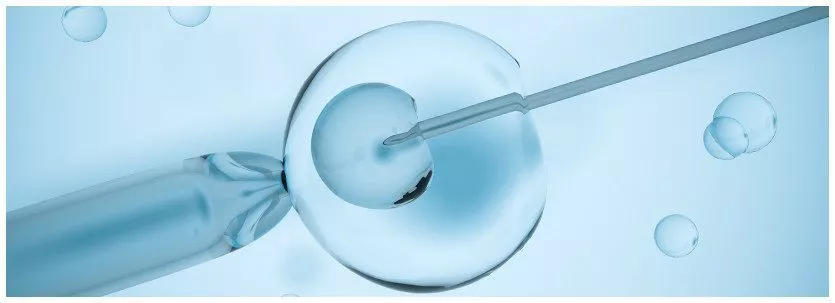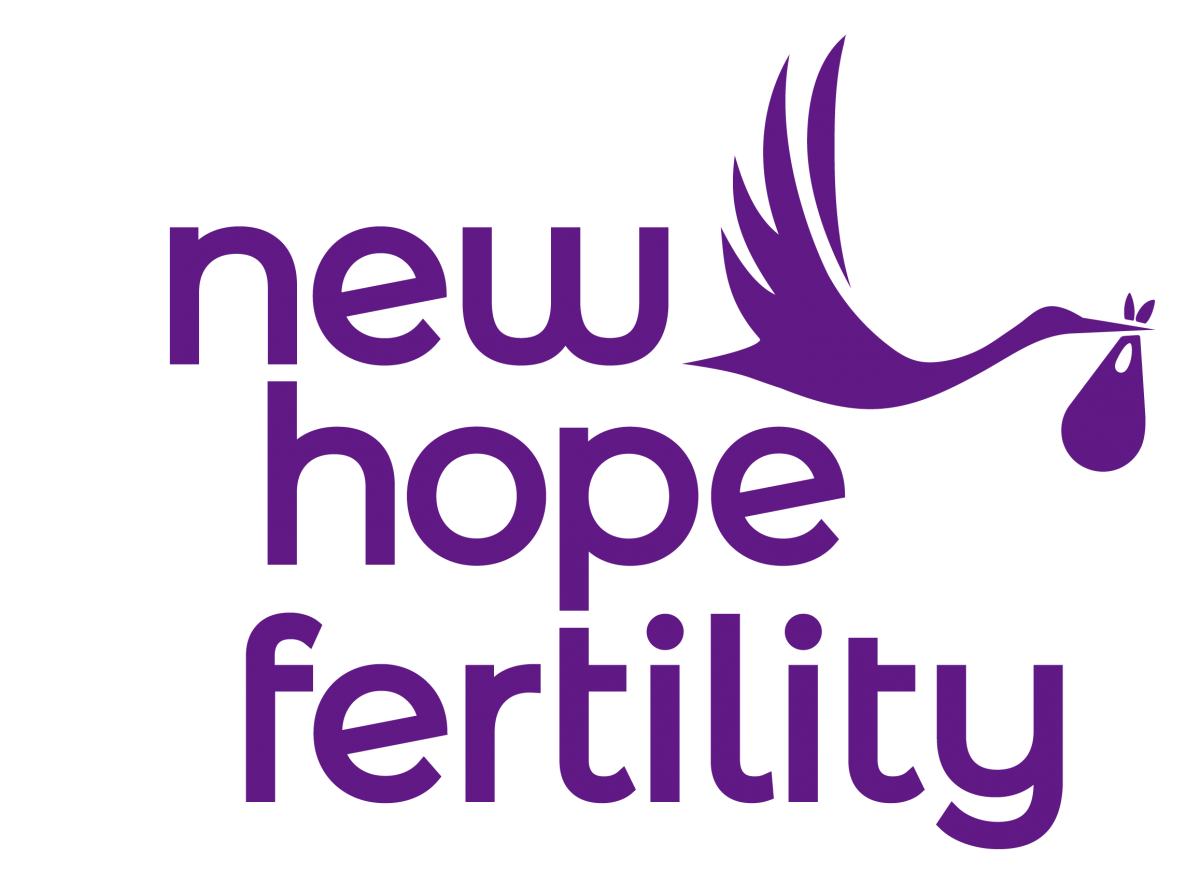
What is Assisted Hatching?
“Assisted hatching” is a method used for improving pregnancy rates. This procedure is based around the idea that, until day six when the embryo implants, the embryo keeps growing within its tough outer shell, the Zona Pellucida.
How Assisted Hatching Works
Normally on day six, that Zona Pellucida begins to thin out, and the embryo eventually “hatches.” The hatched embryo, called a “blastocyst,” then implants into the uterine lining (endometrium) and around the seventh day after fertilization, that pregnancy actually occurs. However, IVF embryos do not always result in a pregnancy and one thought is that something happens during the thinning of the zona and hatching of the embryo when they are cultured in vitro, hindering their ability to implant. The technique of Assisted Hatching has been developed to enhance implantation during the hatching process.
With Assisted Hatching, a computer-assisted laser is used to make a tiny opening in the Zona Pellucida so that the mass of cells inside the embryo can more easily escape. Assisted Hatching is recommended in all situations where the Zona Pellucida is thickened, for example, in older women, or following IVM and cryopreservation. Embryos may be cultured for two to five days before embryo transfer, based on a patient’s clinical history. This embryo culturing allows the best quality embryos to be selected for transfer into the uterus.

